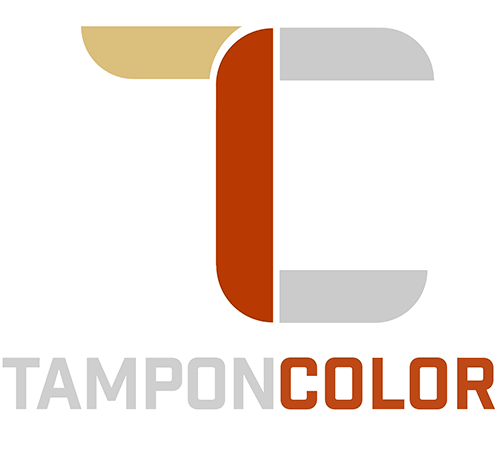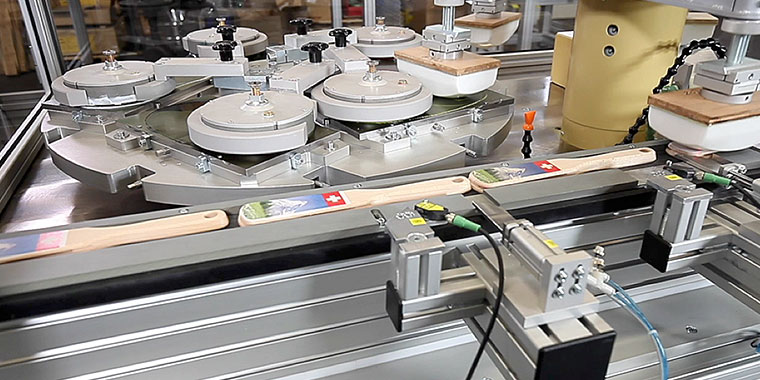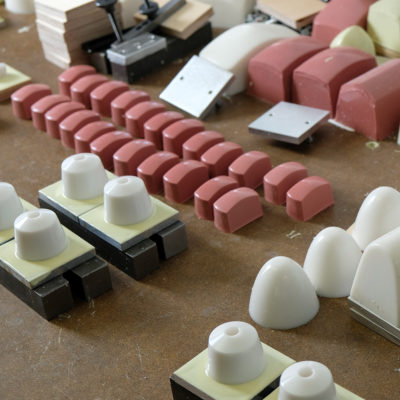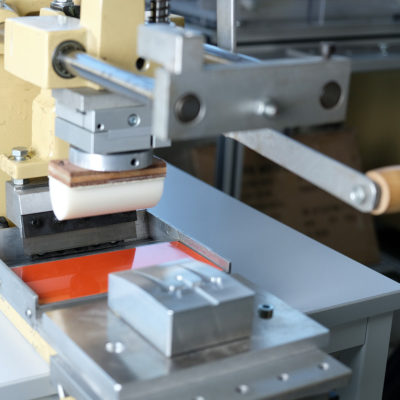The beginnings of pad printing
…are unclear. Indeed, Johannes Gutenberg used a leather-covered ball filled with fabric and horsehair, a ‘tampon’ in French, to spread the printer’s ink over the letters, but this was forgotten over the course of development thanks to the introduction of the print roller. Swiss watchmakers recalled the early use of this tool in 1900. Demand for pocket watches rose rapidly around the turn of the century and watch manufacturers struggled to meet demand. Prior to this, the watch face of every individual watch was produced by hand according to the craftsman’s design. This process required a lot of time and meant that watches were only affordable to a certain class of consumer.
The Declacier method and the first pad printing machines
Watchmakers were on the hunt for a method which would speed up the manufacture of watch faces. The main problem they encountered in this related to the curved shape of the watch face, which made it impossible to use traditional printing methods.




